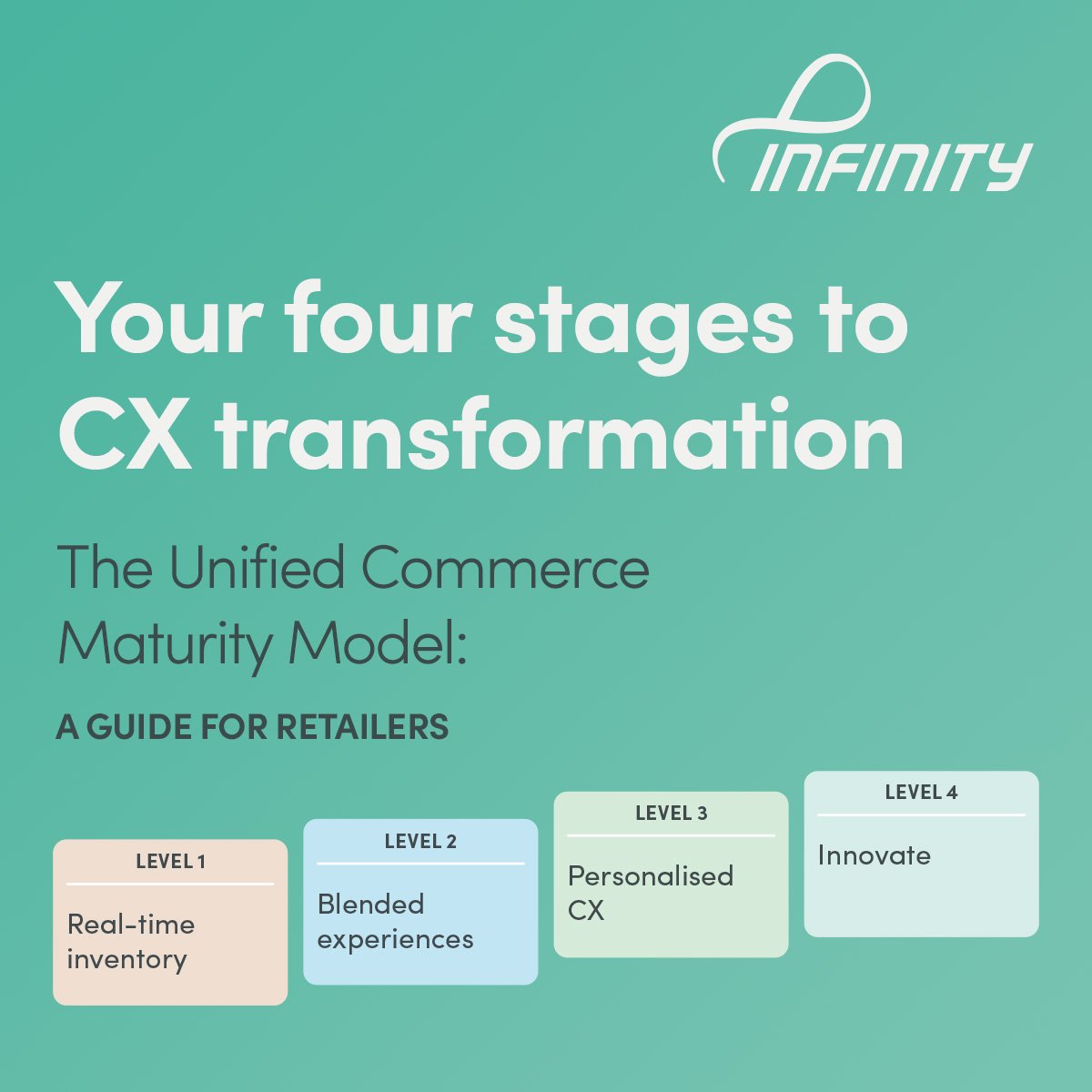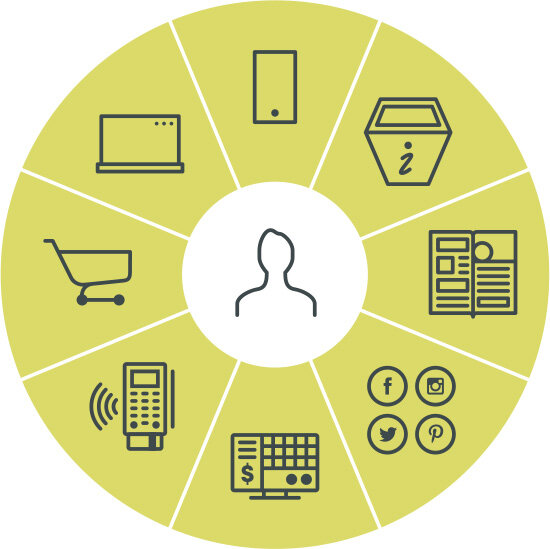Here’s new functionality across the Infinity platform that will help you and your team reduce operational complexity and create a differentiated omnichannel customer experience.
Infinity is a modular platform and you may need additional components or licencing to access some functionality.
INFINITY API
Enhance control of externally-managed inventory
If some of your inventory is managed outside Infinity, such as vendor-managed inventory, our Stock Receipt API now allows you to receipt stock directly off an invoice, including by matching products being receipted to existing purchase orders. The API can also be used to create, update, retrieve and search invoice receipts.
Automate back ordering for efficient stock management
If you manage master suppliers externally, or you need to provide the procurement rules for a supplier to an external system, the Accounts Payable API now allows you to identify suppliers that will put stock items on back order when you receipt invoices matched to purchase orders. Turning on this flag for a supplier automates and speeds up back ordering if any stock is missing when your staff go to receipt it.
Accelerate integrations by confirming active APIs
The Orchestration Service now lets you retrieve the names and versions of each Infinity API you have configured, allowing system integrators to confirm which API versions are actively deployed and giving you a better understanding of the features available as part of your integration.
Generate physical loyalty cards for customers via external systems
You can now use the Loyalty API to create customers with externally managed loyalty card numbers, as well as card numbers generated by your business. This means if you use physical loyalty cards, you can generate cards and assign them to customers via external systems, such as mobile apps and kiosks.
INVENTORY
Streamline inventory management by preventing stores ordering obsolete products
If your business maintains its inventory centrally at the Head Office but allows stores to decide which items to stock and sell, you can take advantage of a new Infinity feature that lets you lock items, so that they can’t be activated or deactivated at the store. This gives you greater control over the inventory and is helpful in situations where a product item has been replaced by one from a different supplier and you want to make sure the obsolete product isn’t sold.
Optimise inventory management with holistic view of stock on hand
We’ve made maintaining master item data more efficient by allowing you to sort and view your inventory by stock on hand, giving you better visibility of stock quantities and allowing you to optimise stock pricing, ranging and ordering across your business.
Reduce errors in branch stock transfers with product unit details
Creating stock transfers is less prone to error now that your store staff can now see products’ unit details when they move stock to another branch, meaning they won’t inadvertently send too many or too few items to the requesting store. So, for example, if a store asks you for three trays of Coca-Cola but your store sells them as cans, you won’t risk sending the wrong quantity.
REPORTS & ANALYTICS
Streamline investigations of inter branch stock transfers
The Inter Branch Transfers Report now shows you the reasons why stock transfers were requested, reducing the overhead involved in investigating why product was transferred to another branch.
TECHNOLOGY
Identify problematic SQL connections during Infinity upgrades
We’ve improved the messaging you’ll see when there are problems with closing SQL connections during a manual Infinity upgrade. You’ll be able to identify the connection that can’t be closed, the connection’s host, SQL login and SPID, and the program that has executed the connection, allowing you to more easily manage and resolve these issues.
Refine email generation to prevent customer spam
The way the Infinity Messaging Service handles customer order email generation has been enhanced so that each email type is now separated with its own processor. This means that customer won’t be spammed by multiple duplicate emails after a processor has failed.
To find out more about any of these enhancements and add them to your Infinity platform, contact us.
If you’d like to get our regular ‘New in Infinity’ updates in your inbox, sign up to our newsletter.
























